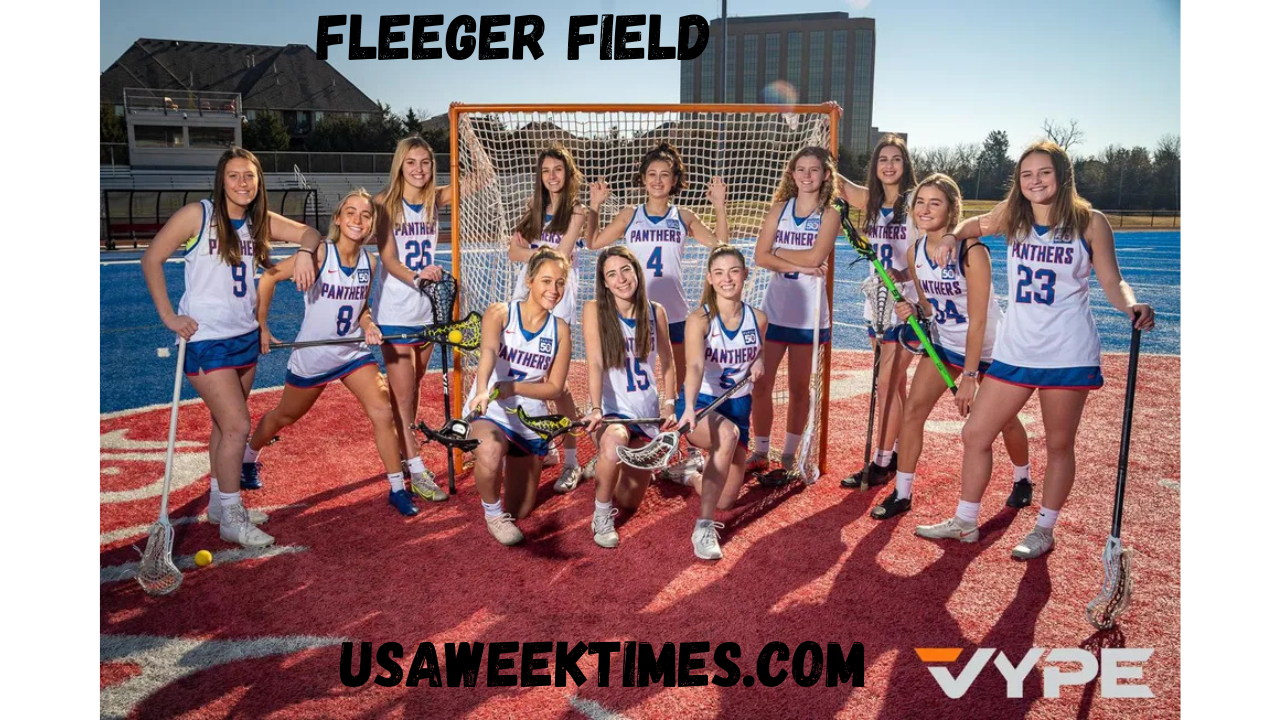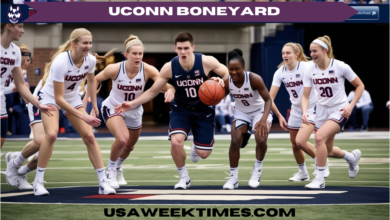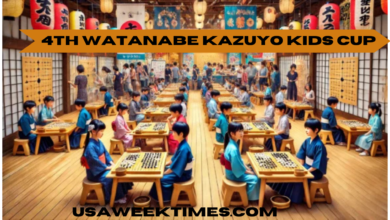Fleeger Field: A Detailed Look into Its History, Structure, and Cultural Significance
Fleeger Field, located in the heart of its community, has become an iconic part of the local culture and sports landscape. This article will delve deep into the history, structure, and significance of Fleeger Field, highlighting its role in fostering community engagement and its impact on the world of sports. By understanding its design, legacy, and present-day use, we gain a greater appreciation of why this field is more than just a place to play games. Fleeger Field serves as a gathering point for families, a breeding ground for athletic talent, and a historical landmark for its town.
The Origins and History of Fleeger Field
Fleeger Field’s journey began many decades ago, during a time when local communities were looking to create spaces for recreation and leisure. The field was named after the Fleeger family, who were influential in the development of the area. The Fleegers were known for their contributions to local industry, education, and civic engagement, which led to the field being named in their honor.
Over the years, Fleeger Field has served various purposes, from being a site for high school football games to hosting local events like community fairs and outdoor concerts. Its importance within the community cannot be overstated. Originally constructed as a modest sports venue, Fleeger Field quickly gained recognition due to its high-quality facilities and commitment to improving local athletic programs.
One of the key milestones in the field’s history was its renovation in the late 1990s, which introduced modern amenities like enhanced seating, lighting, and a state-of-the-art scoreboard. This upgrade allowed Fleeger Field to host a wider range of events, increasing its appeal to both athletes and spectators alike.
Design and Structure of Fleeger Field
The design of Fleeger Field is a combination of traditional sports stadium architecture with modern upgrades to ensure a world-class experience. The field itself is expansive, featuring a regulation-sized football field and an accompanying track that is perfect for running events. Surrounding the field is a grandstand that offers ample seating for fans, complete with shade structures to protect spectators from the elements.
One of the standout features of Fleeger Field is its advanced lighting system. The field is illuminated by high-powered floodlights, ensuring that night games are just as vibrant as those played during the day. The lighting system has been praised for its even distribution of light, which not only enhances the playing experience but also ensures the safety of both players and fans.
In addition to the playing surface and seating, Fleeger Field also boasts modern locker rooms, a press box for media coverage, and hospitality suites for VIP guests. This combination of functionality and comfort has made the field a popular venue for high school and college events, as well as local community gatherings.
Fleeger Field as a Hub for Local Sports
Fleeger Field has played an integral role in promoting local sports, particularly football, track and field, and soccer. It has served as the home stadium for various high school teams, offering student-athletes the opportunity to showcase their skills on a professional-grade field. The high school football games held here draw large crowds, with families, alumni, and local residents coming together to cheer on their teams.
The field’s track and field facilities are used for a wide variety of events throughout the year. Whether it’s a regional meet or a championship competition, Fleeger Field has seen thousands of athletes race around its track, jump over hurdles, and test their strength in field events like shot put and javelin. These competitions are not only important for the athletes themselves but also for the community, as they bring together people from different walks of life to celebrate the achievements of local youth.
Soccer has also become increasingly popular at Fleeger Field in recent years, with the local soccer league taking full advantage of the field’s excellent surface and ample space. Matches are played regularly, with teams from neighboring towns coming to Fleeger Field to compete in regional tournaments. The community has embraced soccer, and the field has become a symbol of that enthusiasm.
The Role of Fleeger Field in Community Engagement
Beyond its role as a sports venue, Fleeger Field holds significant cultural value for the local community. The field has long been a gathering place for various community events, from summer concerts to charity walks and local festivals. These events offer residents a chance to come together, celebrate, and connect with each other outside of the sports arena.
One of the most popular events held at Fleeger Field is the annual “Fleeger Field Festival,” which features a mix of local food vendors, live music, and family-friendly activities. The festival has become a staple of the community’s summer calendar, attracting visitors from across the region. It highlights the field’s versatility and its role as a central gathering point for families, friends, and neighbors.
In addition to the festival, Fleeger Field also hosts local charity events. The space is often used for fundraising activities like 5k runs, walks, and sports tournaments designed to raise money for various causes. These events provide an opportunity for local residents to give back to the community, further strengthening the sense of camaraderie and shared purpose.
The Legacy of Fleeger Field
Fleeger Field is more than just a sports venue—it’s a symbol of the community’s history and its future. The field has witnessed countless high school games, local events, and cultural celebrations. As the years pass, its legacy continues to grow, with new generations of athletes and spectators taking part in its rich history.
The field’s legacy is also tied to its commitment to preserving the spirit of sportsmanship and community. It has provided a place for young athletes to hone their skills and develop lifelong friendships. Many local players who have graced Fleeger Field have gone on to pursue careers in professional sports or become coaches, carrying with them the lessons learned on this cherished field.
The field’s ongoing contribution to the town’s cultural and social life ensures that it will remain a cornerstone of the community for many years to come. As new generations step onto its turf, they add to the ongoing story of Fleeger Field, further cementing its place as an enduring symbol of local pride.
Conclusion: Fleeger Field’s Enduring Importance
Fleeger Field stands as a testament to the importance of sports and community spaces. Its history, design, and cultural significance make it more than just a place to play games—it is a place where memories are made, friendships are forged, and local pride is celebrated. Whether it’s the roar of the crowd at a high school football game, the excitement of a regional track meet, or the community spirit at a local festival, Fleeger Field continues to be a vital part of the fabric of its town.
As Fleeger Field evolves and adapts to the changing needs of its community, one thing remains clear: it will always be a place where people come together, share experiences, and build lasting memories. Its impact goes far beyond sports, serving as a symbol of the strength, unity, and enduring spirit of the local community




